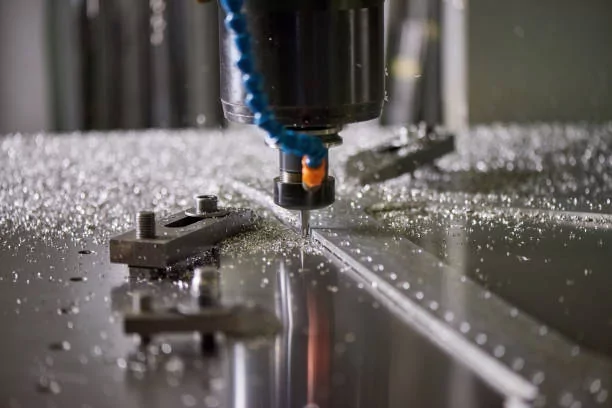Custom metal casting is a versatile and widely used manufacturing process that involves pouring molten metal into a mold to create custom-designed metal parts. This technique offers a range of benefits and is crucial in various industries, including automotive, aerospace, and manufacturing. In this article, we will explore the process and benefits of custom metal casting techniques in detail.
The Custom Metal Casting Process
The custom metal casting process begins with the creation of a mold, which can be made from various materials such as sand, plaster, or ceramic. The mold is designed to replicate the exact shape and dimensions of the desired metal part. Once the mold is ready, the molten metal is poured into it and left to cool and solidify. After the metal has solidified, the mold is removed, revealing the custom metal part.
There are different methods of custom metal casting, including sand casting, investment casting, die casting, and centrifugal casting. Each method has its unique advantages and is chosen based on the specific requirements of the metal part being produced.
Benefits of Custom Metal Casting
Custom metal casting offers a wide range of benefits, making it a preferred manufacturing process for many industries. One of the key benefits is the ability to create complex and intricate metal parts with high precision and accuracy. This is particularly valuable in industries such as aerospace and automotive, where the demand for custom-designed components is high.
Furthermore, custom metal casting allows for the production of metal parts with excellent mechanical properties, such as high strength and durability. This makes it an ideal choice for applications that require reliable and long-lasting metal components.
Applications of Custom Metal Casting
The applications of custom metal casting are vast and diverse. From producing engine components for aircraft to creating intricate metal sculptures, custom metal casting techniques are utilized in a wide range of industries and artistic endeavors. The ability to create custom-designed metal parts with complex geometries and fine details makes custom metal casting an invaluable process in modern manufacturing and design.
Moreover, custom metal casting is often used in the production of prototypes and small to medium batch production runs. This allows manufacturers to test and refine their designs before committing to large-scale production, ultimately saving time and resources.
Future Developments in Custom Metal Casting
As technology continues to advance, custom metal casting techniques are also evolving to meet the demands of modern industries. Innovations in materials, mold-making processes, and automation are shaping the future of custom metal casting, making it more efficient, cost-effective, and environmentally friendly.
Additionally, the integration of 3D printing technology with custom metal casting is opening up new possibilities for creating intricate and highly customized metal parts. This hybrid approach combines the design flexibility of 3D printing with the strength and durability of metal casting, offering a promising future for custom metal part production.
In conclusion, custom metal casting techniques play a vital role in modern manufacturing and design. The process offers numerous benefits, including the ability to create complex metal parts with high precision and excellent mechanical properties. As technology continues to advance, custom metal casting is expected to further expand its capabilities and applications, shaping the future of metal part production.
